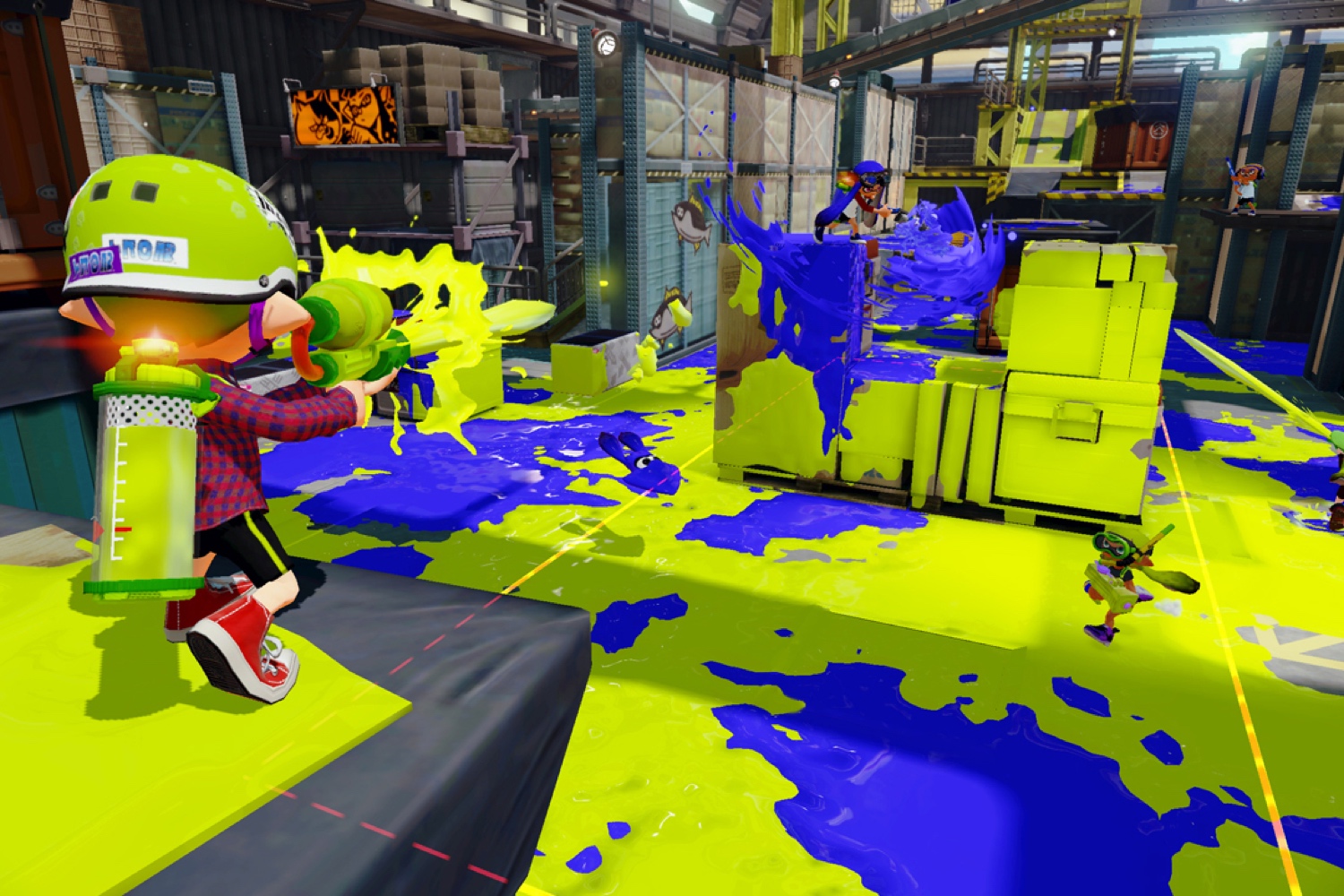
How goofy was the elevator pitch for Nintendo’s Wii U team shooter Splatoon? Play as a head-tentacled, paintgun schlepping biped that can morph into a turbo squid? Zip around multiplex obstacle courses, squaring off against fellow ink-spuming cephalopods while spraying viscous goo to brand your turf? Grind on gloop-splashed rails like a madcap Tony Hawk/Jackson Pollock mashup?
Too weird to succeed? I hope not, because with all due respect to rethinks like last year’s Mario Kart 8 and Super Smash Bros. for Wii U, I haven’t played a Nintendo game this gonzo and flat out fun in years.
Here’s how it works: Two squads of four players (not platoons, though that’s what inspired the catchy portmanteau) battle in skatepark-inspired arenas, outfitted with ink-spewing gadgetry and one imperative, to cover as much of the area’s ground space with your team’s color as possible before time runs out. The controls are simple: pick up the Wii U’s tablet controller, thumbstick in the direction you want to move, and swivel the tablet in the one you want to shoot.
You can ink over already saturated areas and take out enemies by assaulting them with your weapon, but don’t look for kill counts or headshot tallies, because Splatoon is about maximum coverage, not carnage—an anti-sanguine splatter-fest, and a graffiti vandal’s dream come true. And it only sounds shambolic. There’s a deep tactical shooter lurking beneath all that polychromatic spatter.
Before you’ve so much as glimpsed the leveling and gear grind, you’ll have to grapple with Splatoon‘s funky shapeshifting tactic, either firing paint slugs as a slow-moving bipedal Inkling, or holding a button to insta-morph into a squid. In squid mode, you can dart across ink-glazed surfaces, moving twice as fast while recharging your dwindling ink supply. Swim into enemy ink, of course, and you’ll slither to a stop, opening yourself up to enemy fire.
Splatoon builds on its ink-traversal idea by letting you craft “roads” through enemy lines, or swim up otherwise unclimbable platforms. What if Tony Hawk had to lay pipe to get anywhere? It’s a smart, often pivotal incentive to fashion shortcuts, take out snipers, cut through enemy-covered terrain, or get somewhere high fast to maximize your ink-spatter-to-surface-area ratio (the further ink falls, the more area its soaks). Think an extreme sports game meets a jet ski racer meets a coloring book.
See The 15 Best Video Game Graphics of 2014

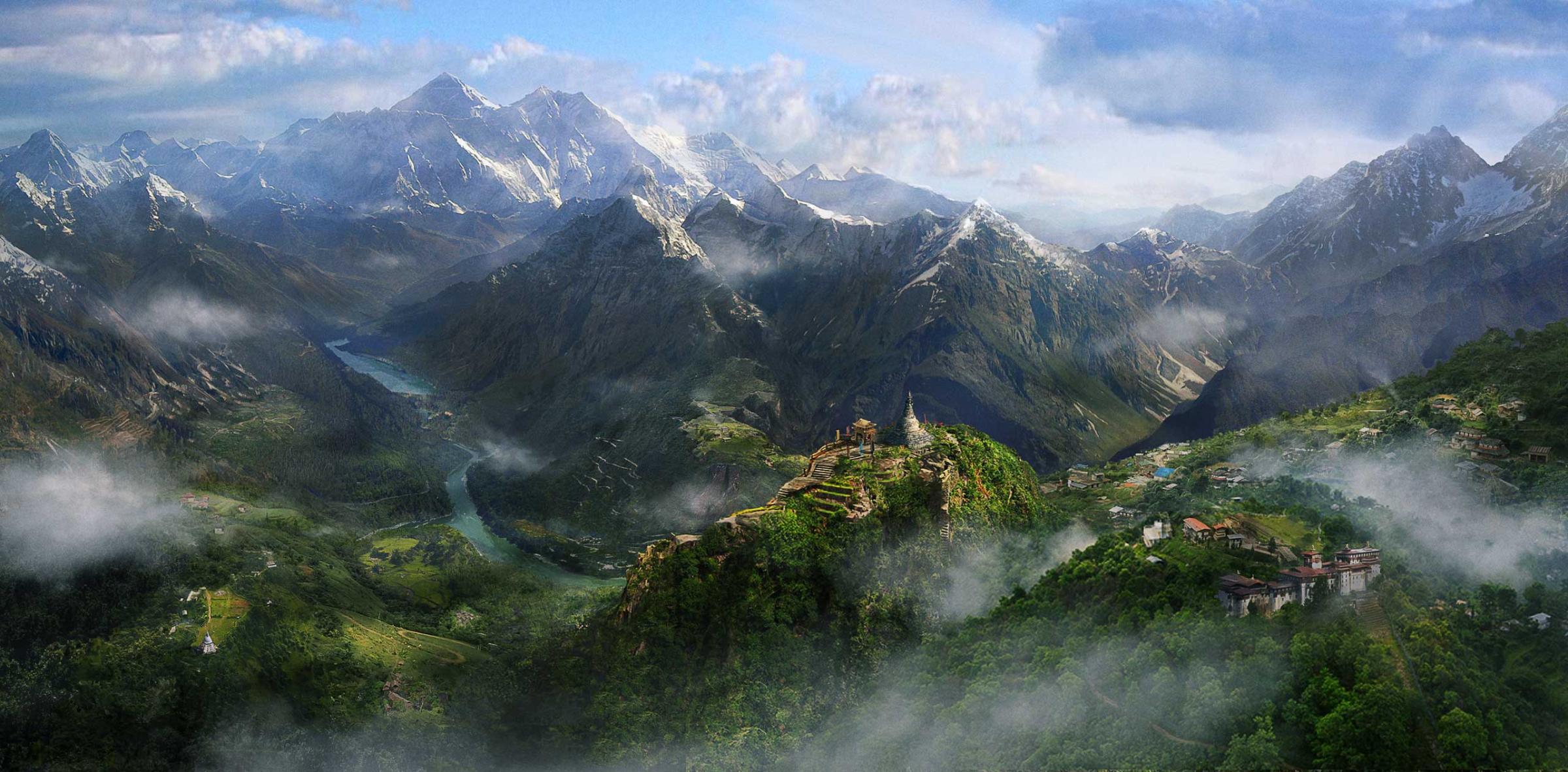
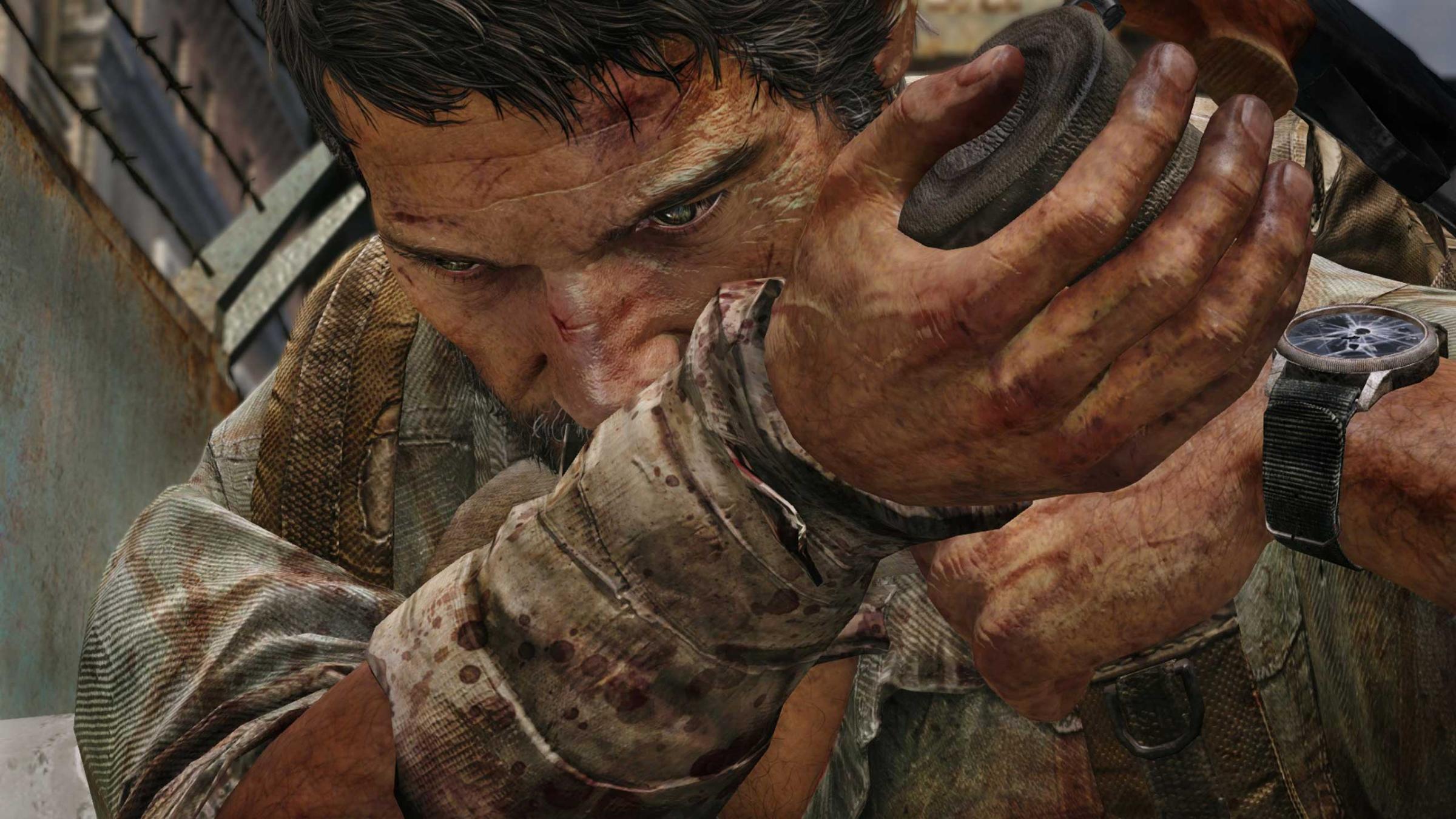

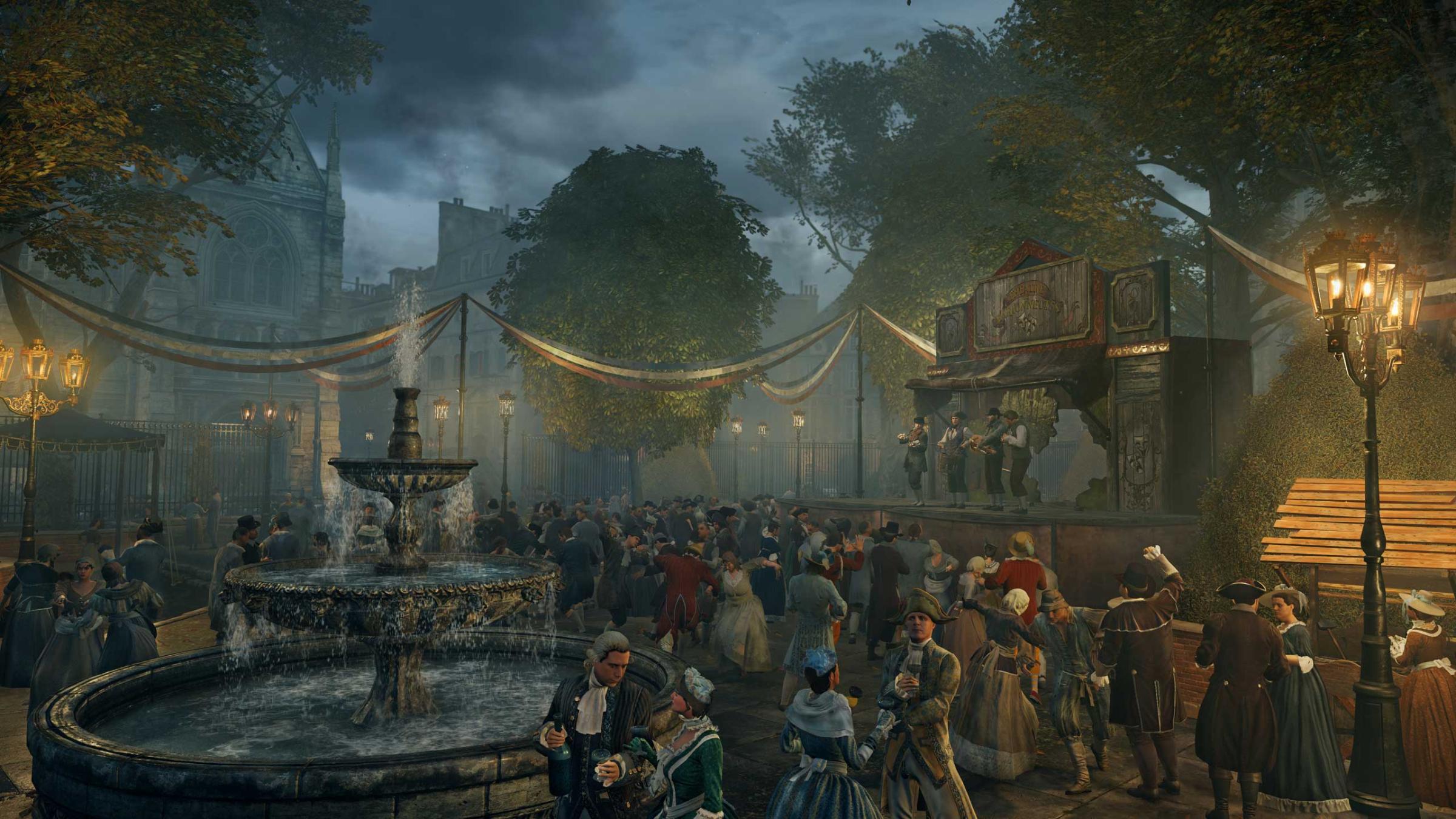
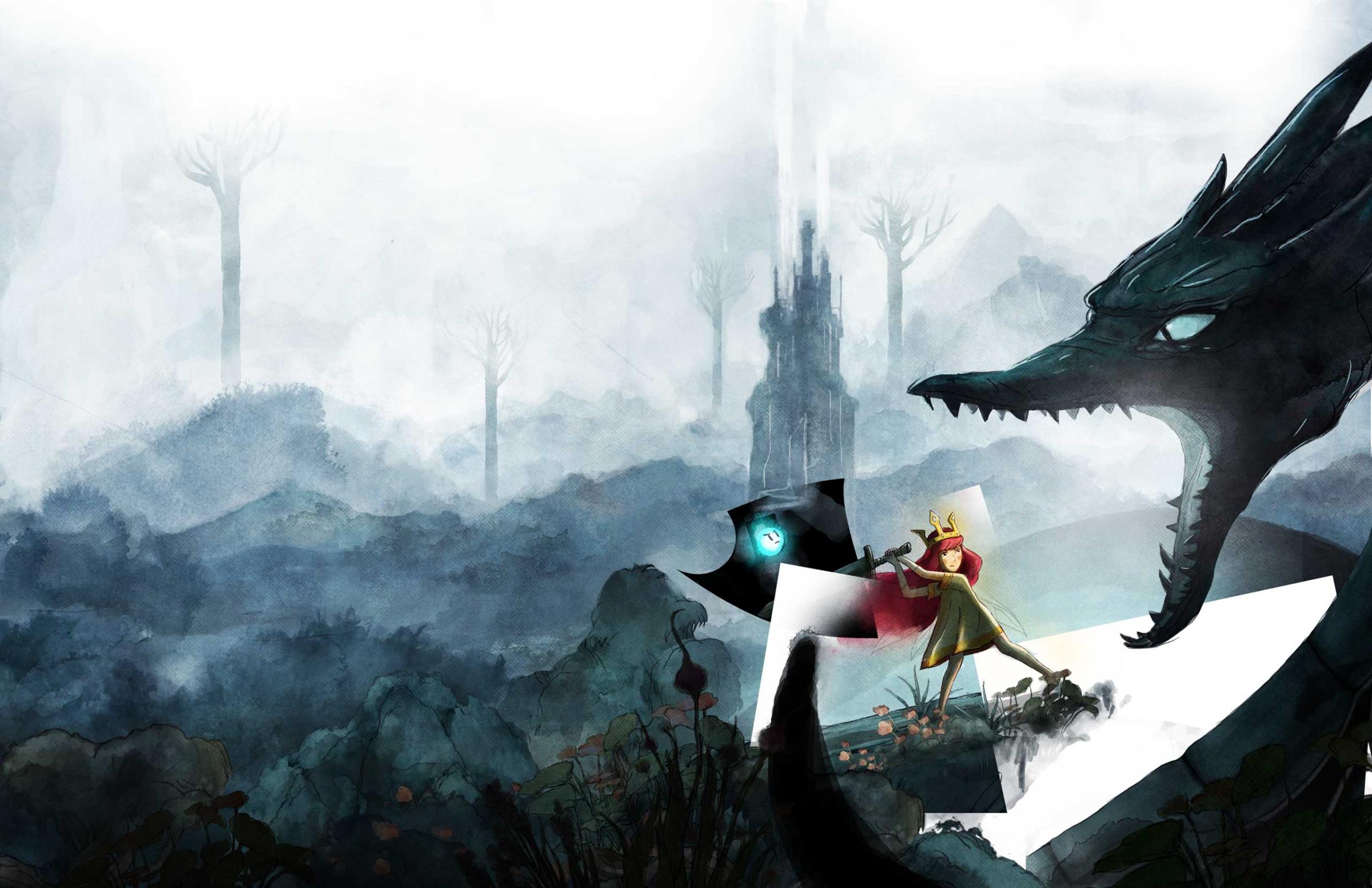
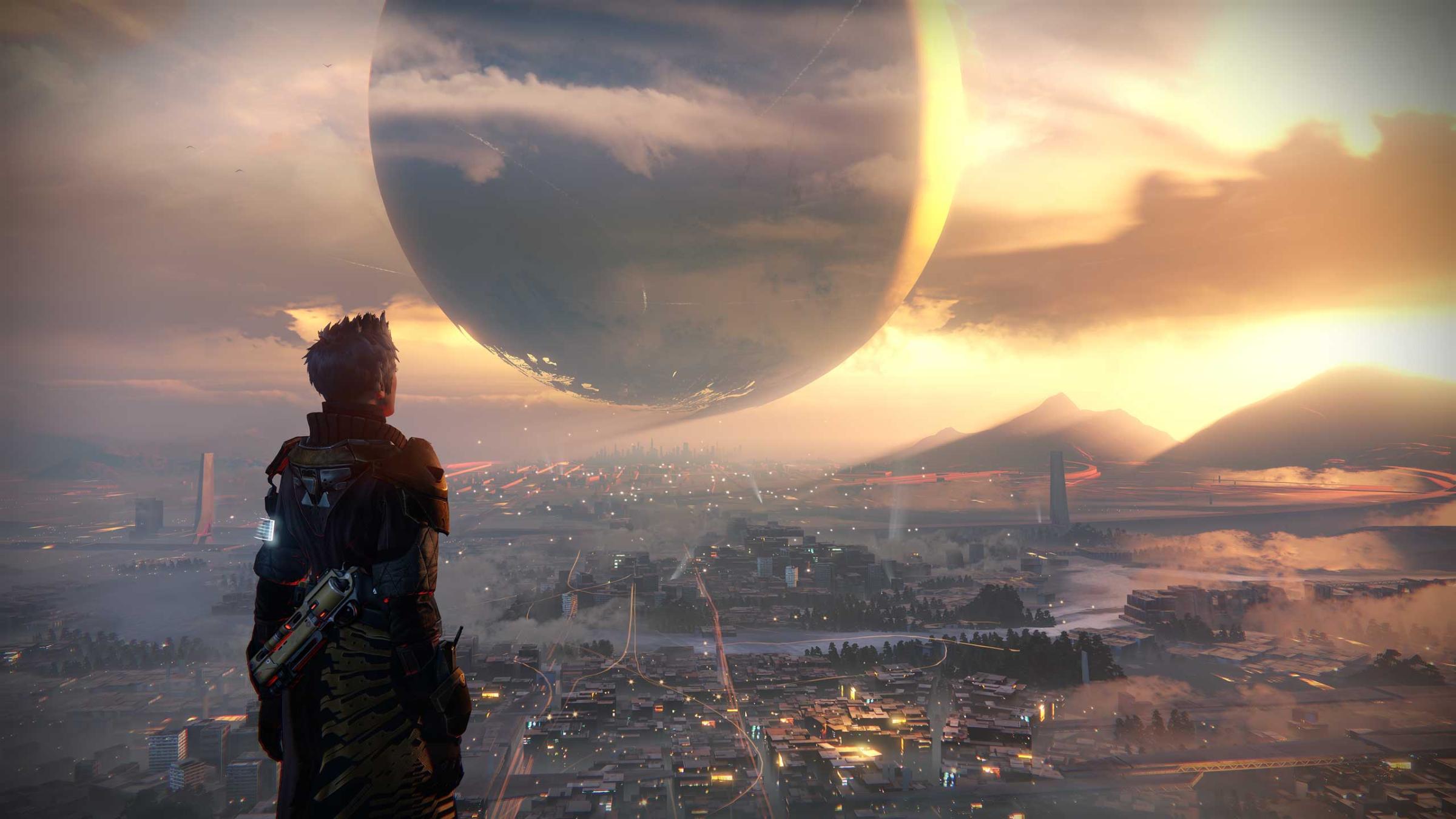
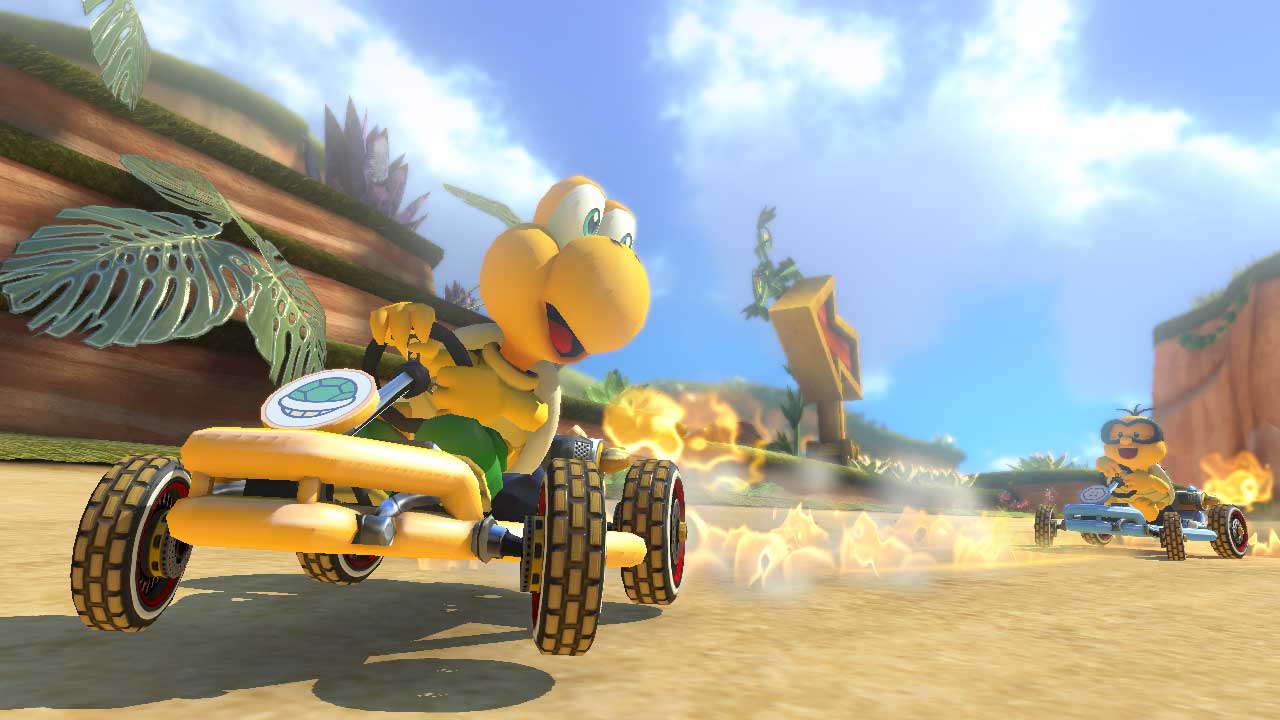
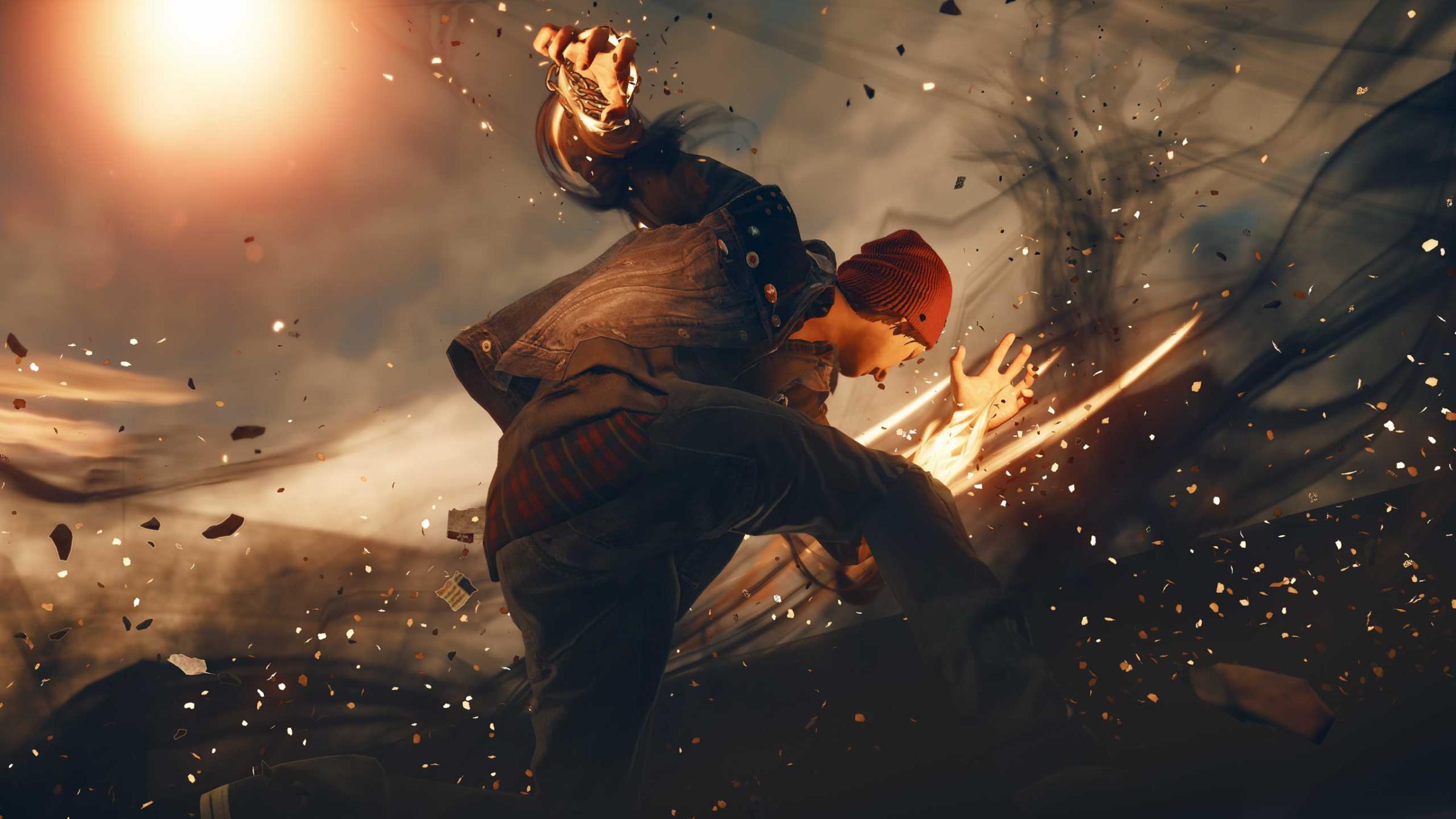
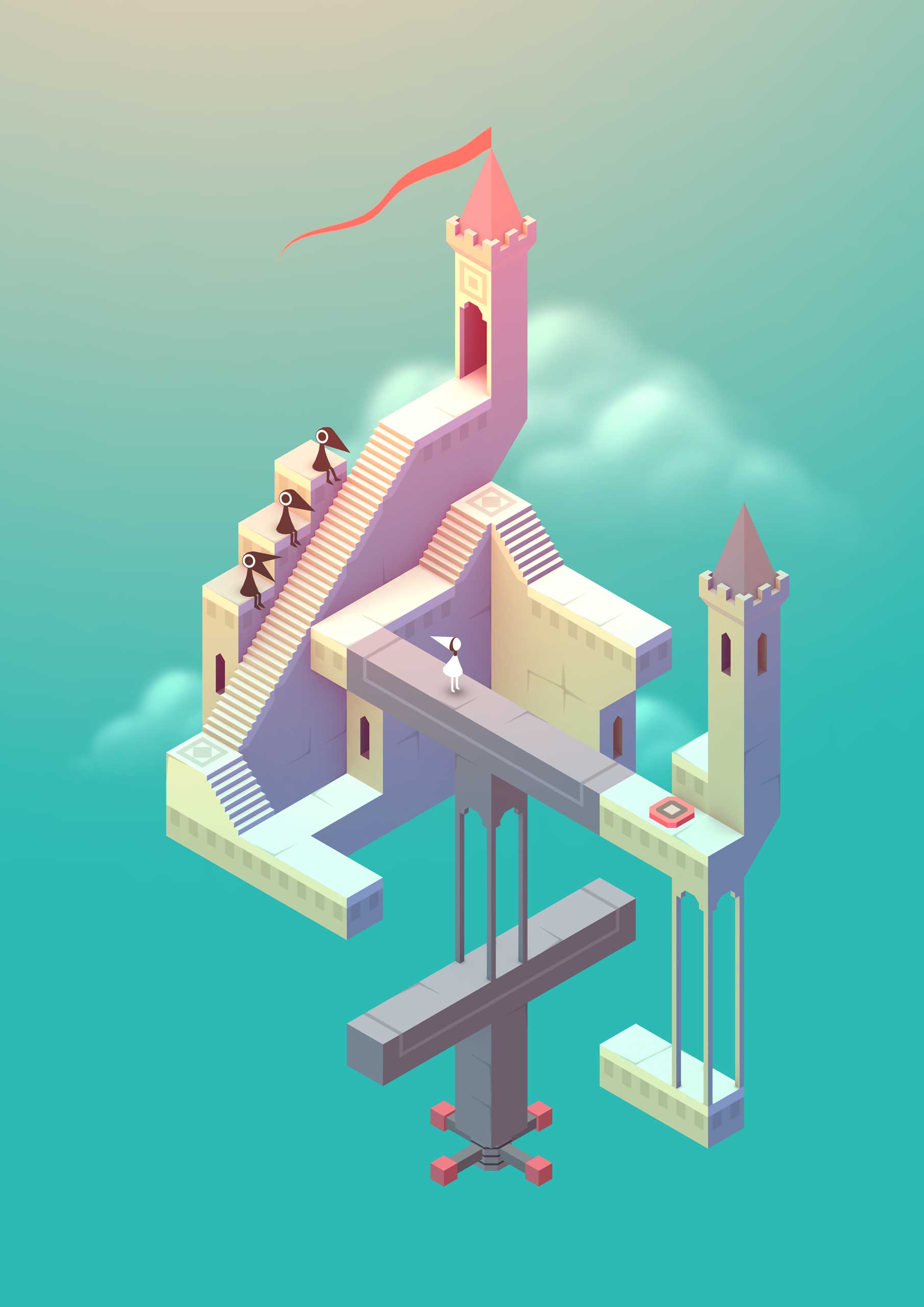
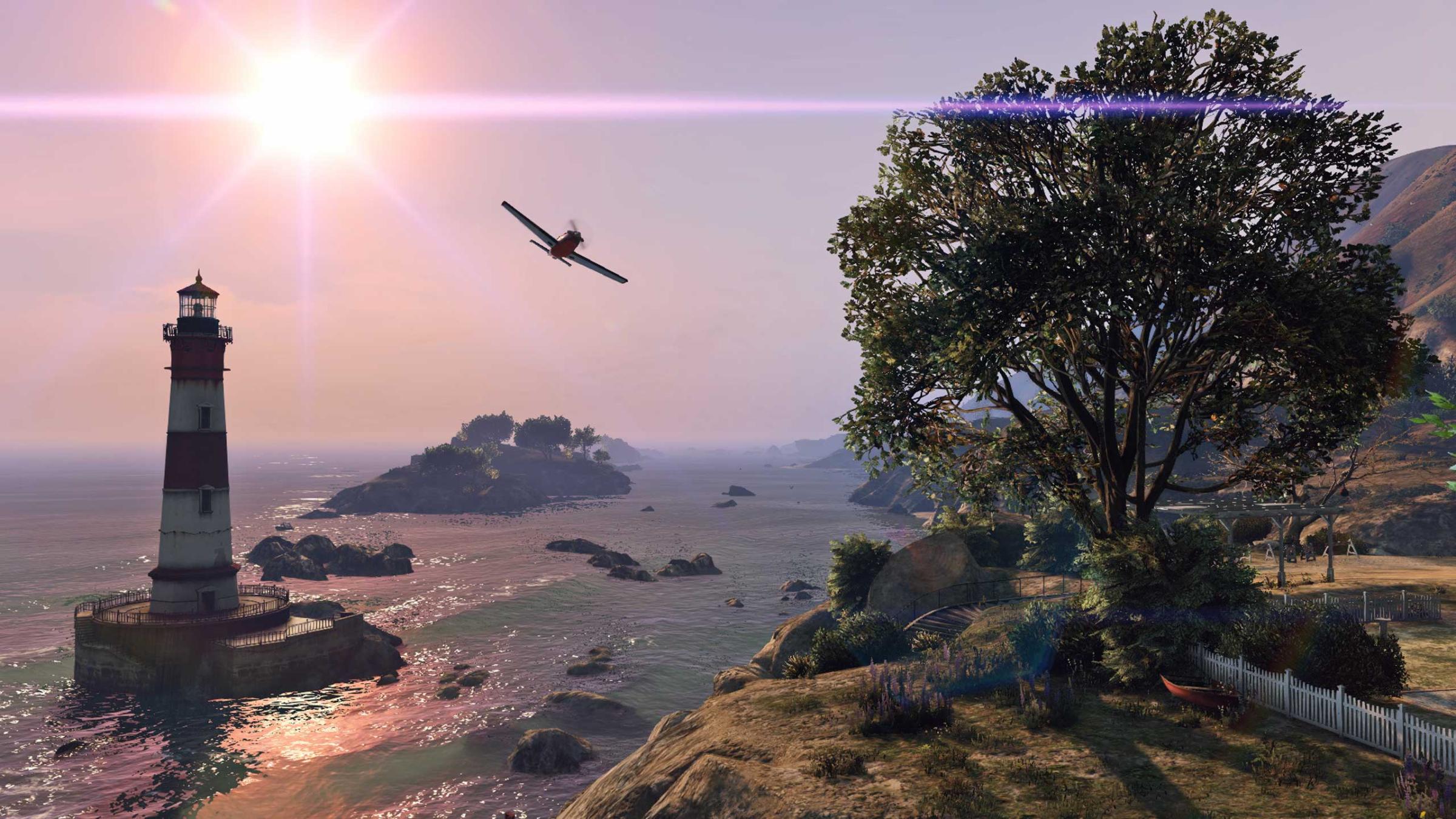
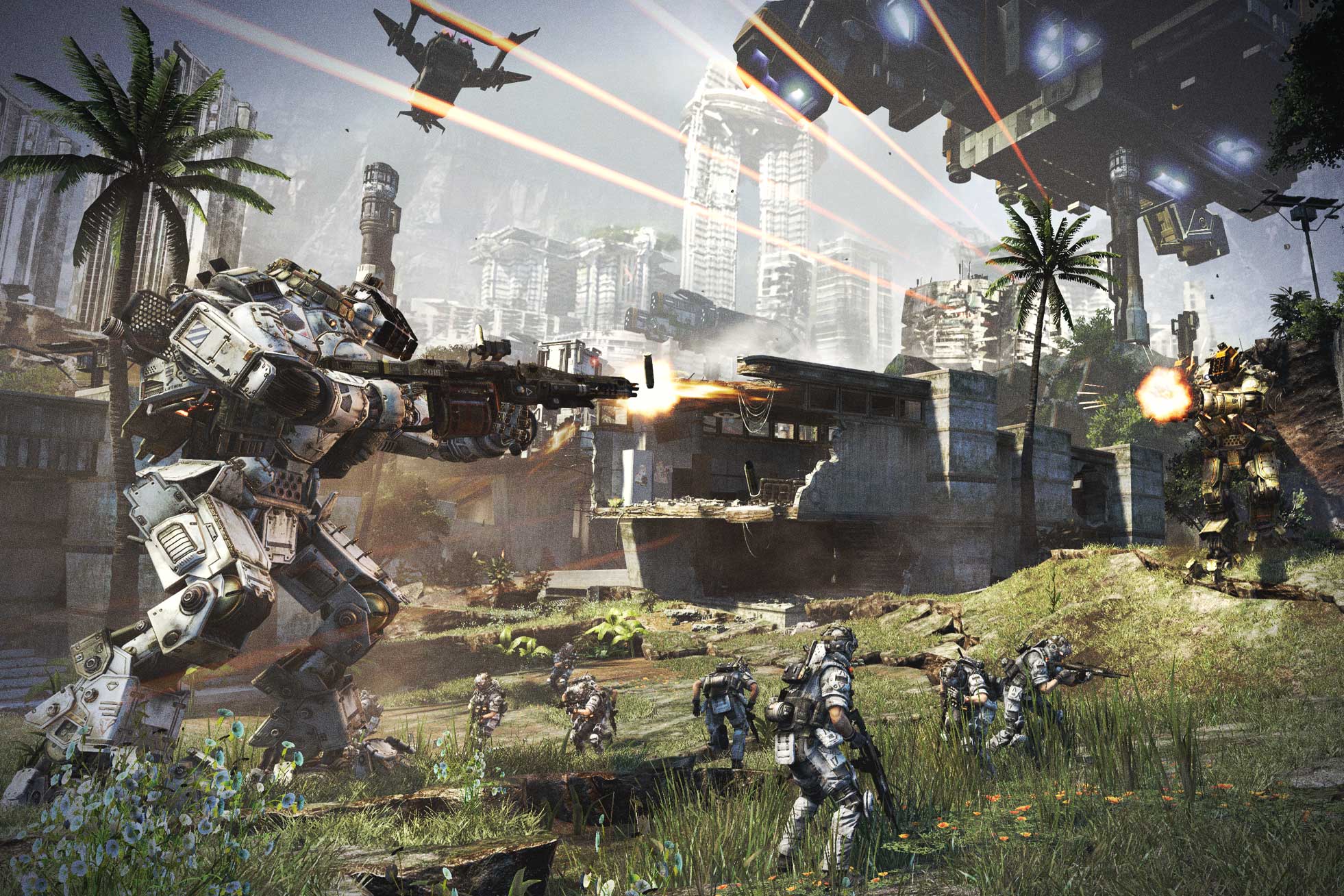

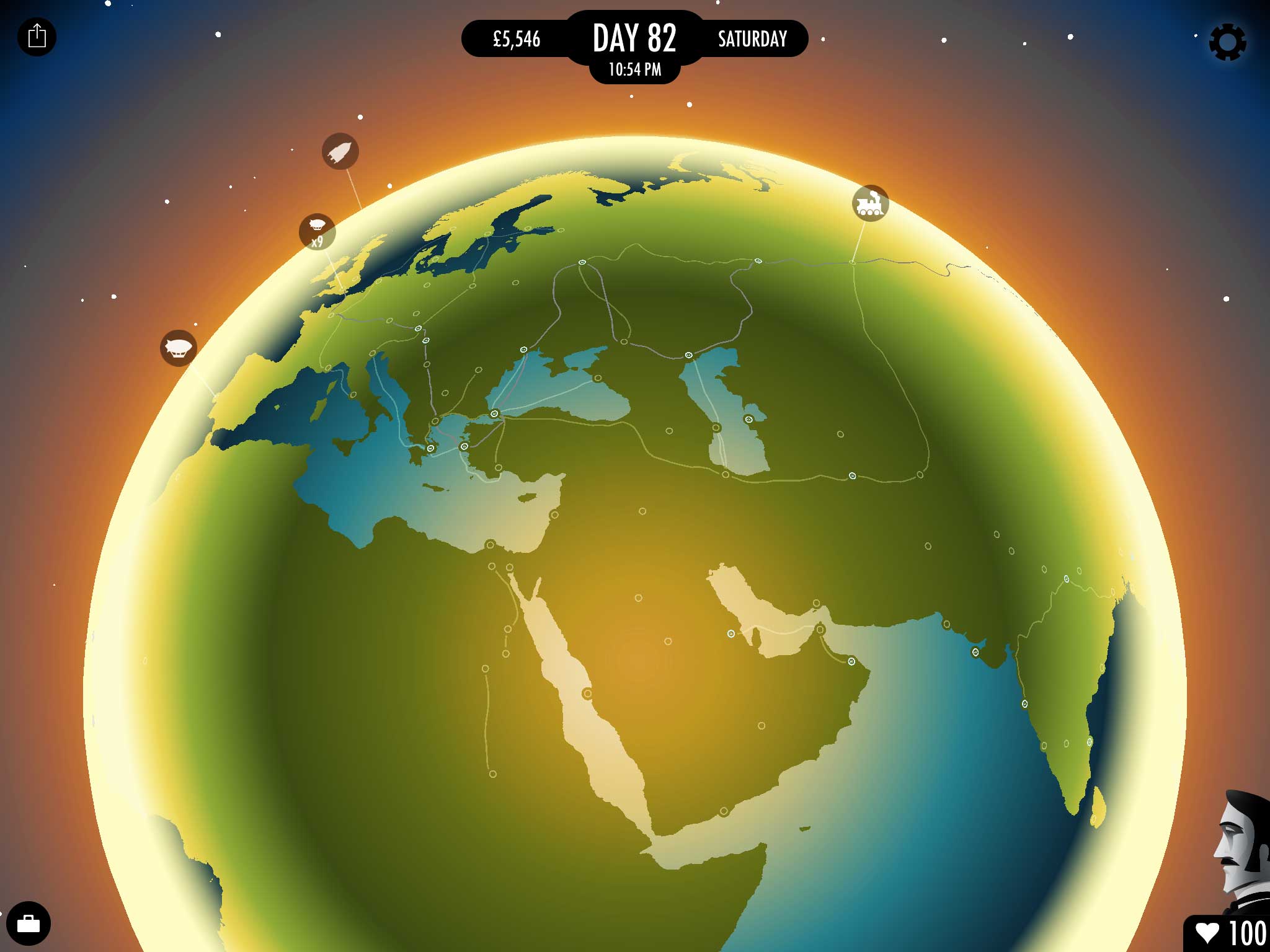
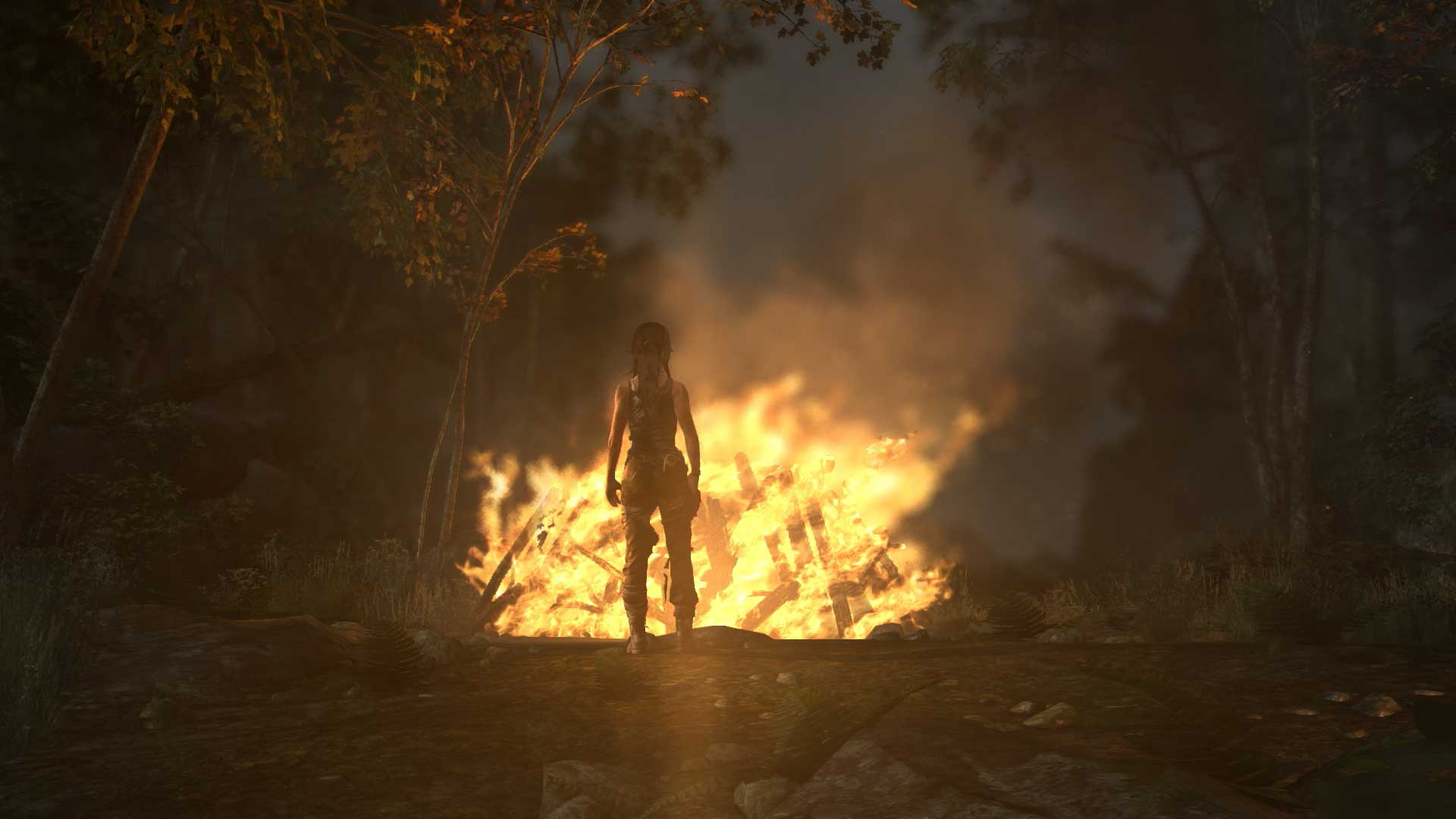
The possibilities snowball when you factor all the gear abilities (dozens of speed, damage and stealth perks associated with headwear, shirts and shoes) and special weapons (bombs, mines, ink-tornado-flinging bazookas, mongo paint-rollers) that you can buy from shops with cash earned by leveling up in online matches. But it’s also beginner-friendly: The game keeps special weapons in check by requiring you ink so much ground before they unlock, then limits how long they’re usable. And a helpful “super jump” does away with lonely re-spawns (at your base, after someone takes you out) by letting you touch a teammate’s icon on the Wii U GamePad’s screen and rocket across the map to wherever they’re currently battle-painting.
Don’t let how insane any of that sounds put you off playing. It’s not how Splatoon feels in action, whether inking some quiet corner, or in a duel with a higher level opponent. Low level players can routinely steamroll high level ones, because Splatoon‘s basic maneuvers work as a kind of competitive equalizer. I’m not talking about luck, or something like Mario Kart‘s blue shell, where there’s an ultimate rock that can crush someone else’s scissor, just that Nintendo’s designed the game so that how you play—your “play style,” as the company puts it in the manual—often trumps what you’re playing with.
I do wish Splatoon had an offline bot mode so you could practice when the matchmaking service peters out (you can “recon” levels solo, but that’s it). And the game definitely needs an option to cancel while waiting for an online match to start. As it is, once you’ve agreed to join, Nintendo locks you to a timeout while searching for matches (the clever little Doodle Jump-inspired game you can play on the Wii U GamePad is amusing but poor compensation). It’s there to help seed the game’s online pool, but having to flip the Wii U’s power switch to kill the process when real life intervenes is plain unfriendly.
I wasn’t able to try the Battle Dojo, a 1-on-1 mode where you and another player in the same room compete by shooting ink at balloons. And I’ve only dabbled with the offline story mode, though it’s so far classic Nintendo: platform through linear levels with ink-related conundrums, then battle cunningly designed bosses (think Shadow of the Colossus‘s enemy-climbing angle, only with ink). It’s as cutesy and goofball and clearly designed to fit within Nintendo’s family of future-looking franchises as you’d expect of a new IP as heavily marketed as this one’s been.
But those activities feel like distractions from Splatoon‘s triumphant team-play mode, the game’s heart and soul, and the reason a guy like me, no fan of competitive online shooters, can’t stop playing the darned thing. There’s nothing else quite like it, nor the cathartic dopamine jolt to be had when you squid-skim up a paint-smeared quarter pipe, an Inkzooka at the ready, leap over the edge, take aim with your weapon, and reduce a startled opponent to goo.
5 out of 5
Reviewed on Wii U
More Must-Reads from TIME
- Cybersecurity Experts Are Sounding the Alarm on DOGE
- Meet the 2025 Women of the Year
- The Harsh Truth About Disability Inclusion
- Why Do More Young Adults Have Cancer?
- Colman Domingo Leads With Radical Love
- How to Get Better at Doing Things Alone
- Michelle Zauner Stares Down the Darkness
Write to Matt Peckham at matt.peckham@time.com